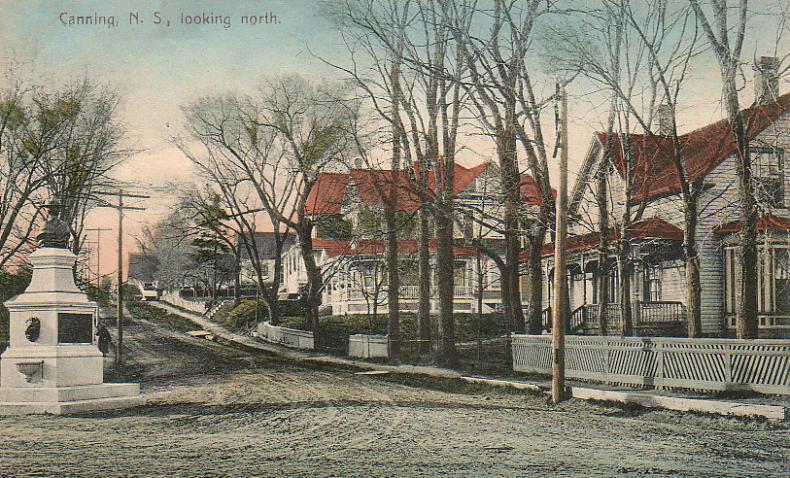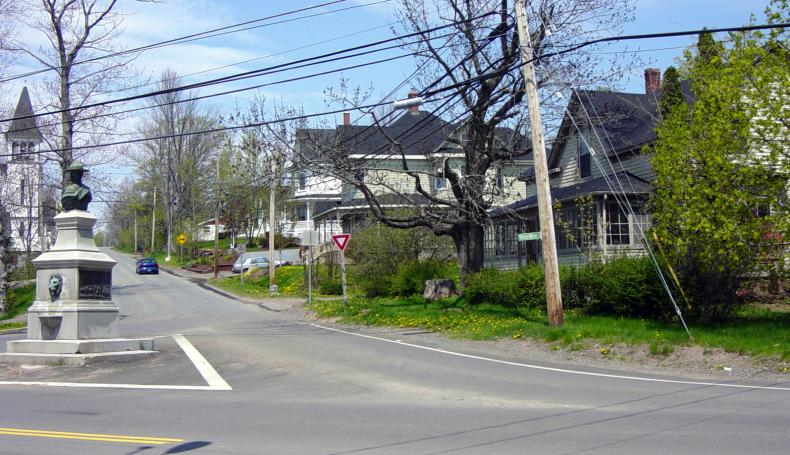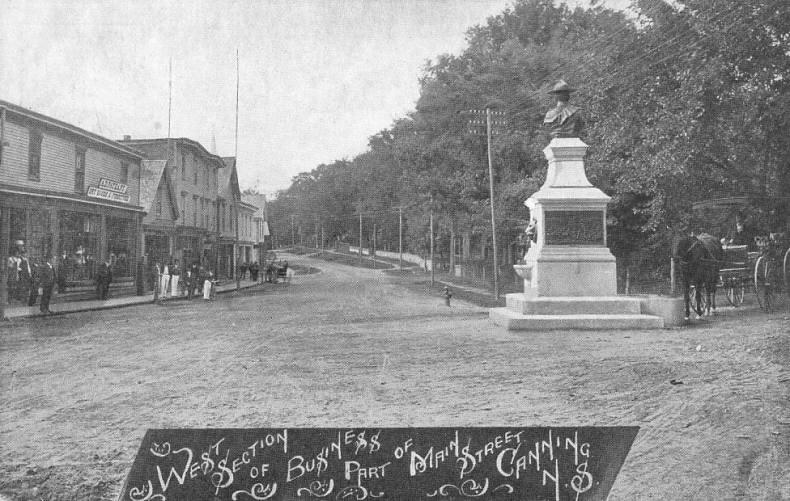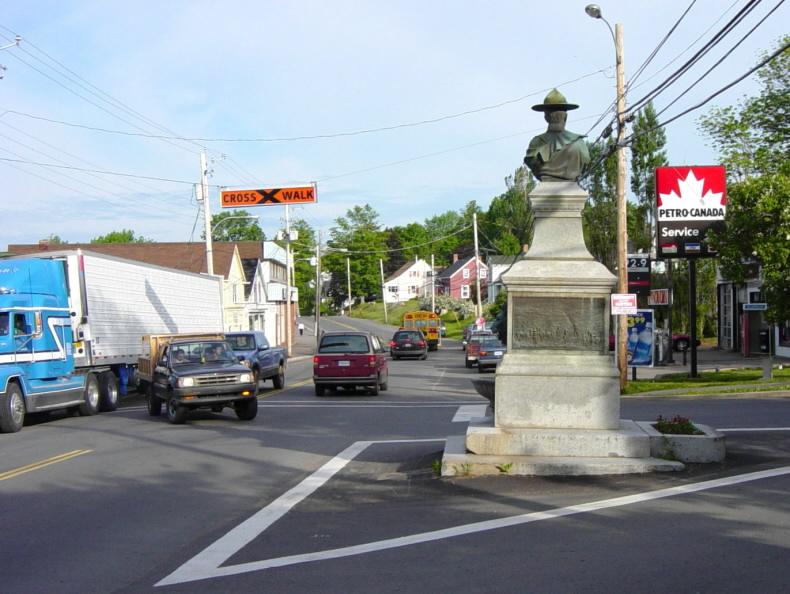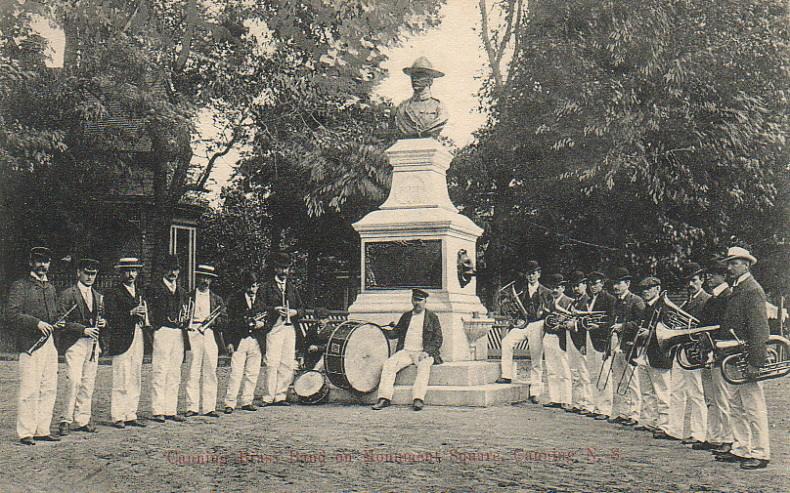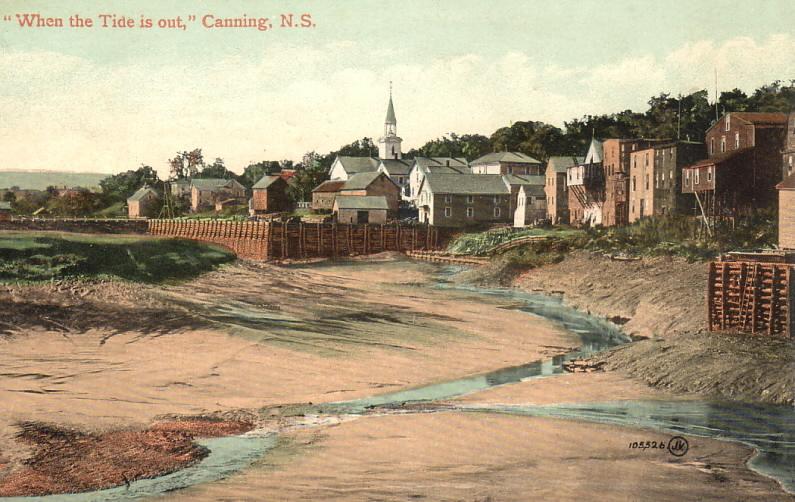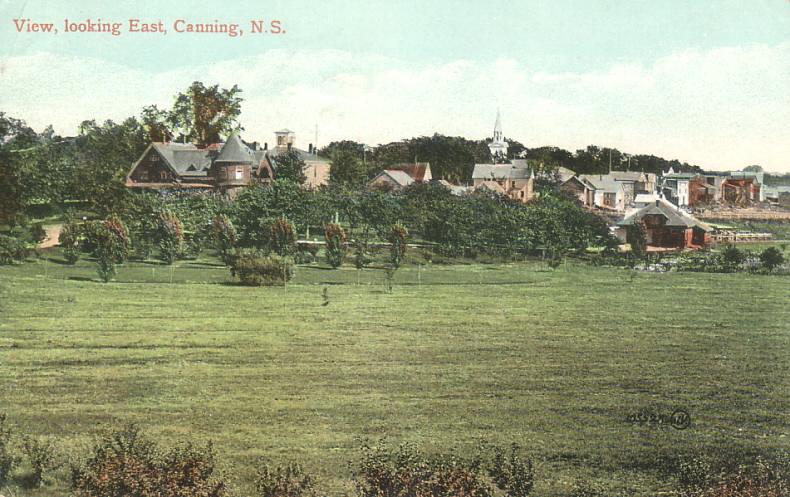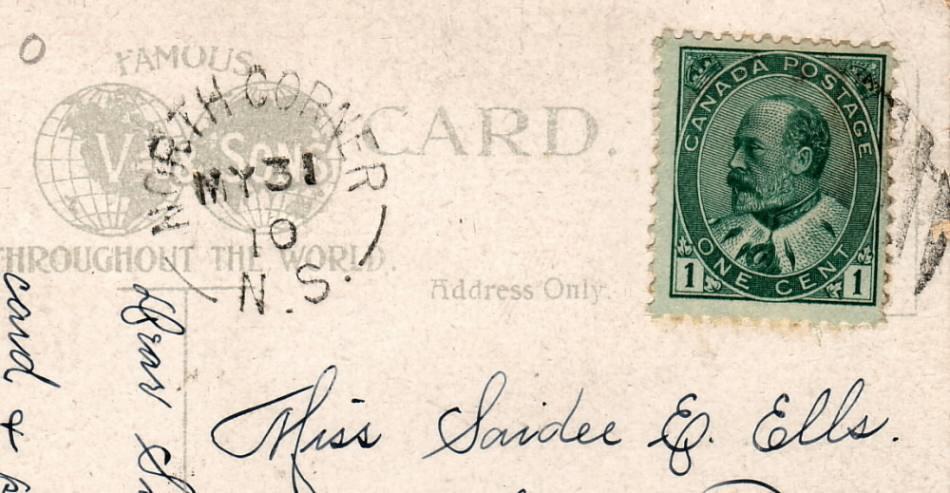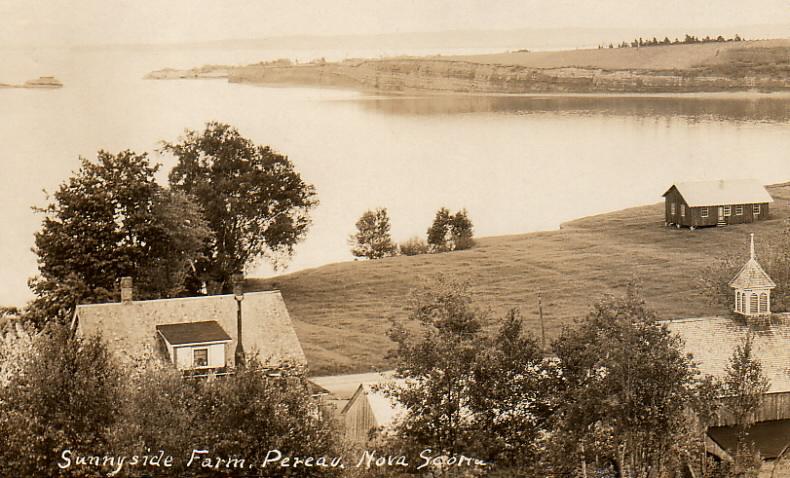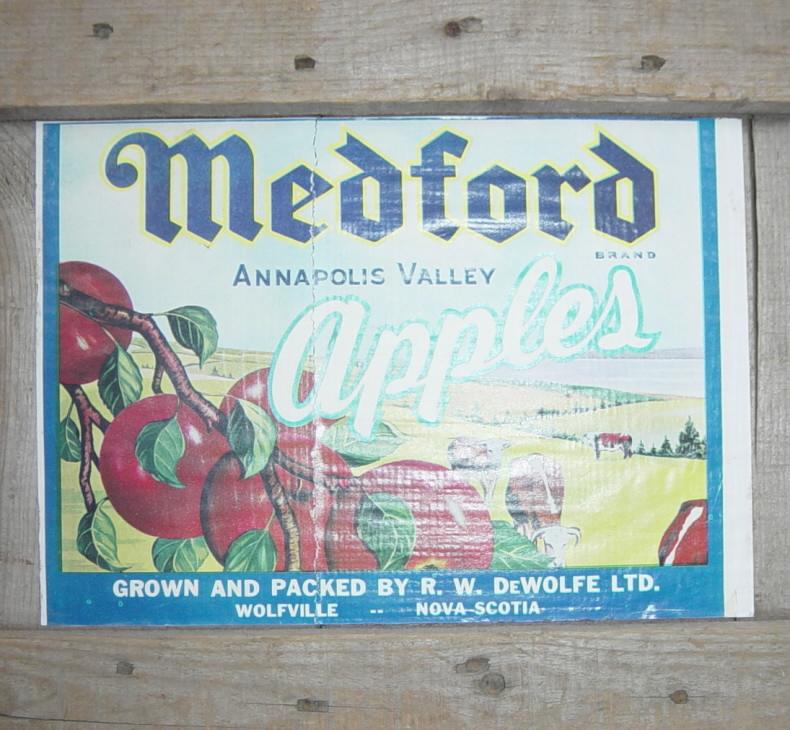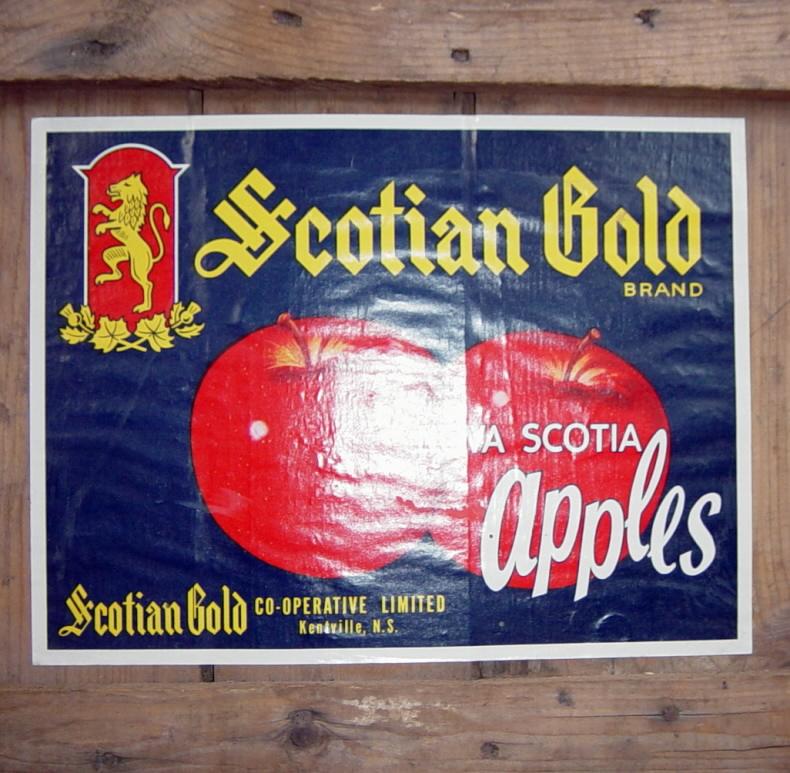Roof Ladders
In the lower left side of this photograph, note the ladder on the roof, leading up to one of
the chimneys. These roof ladders were a common sight in the 1800s and early 1900s,
into the 1940s.
These roof ladders were permanently installed, held in place by two hooks that reached
over the ridge. They were put in place on the roof when the building was constructed,
and remained there as long as the building was in use. They were needed – and in
some places required by law – for quick response to a chimney fire.
In the days when roofs were covered with wood shingles (as is the case with this
house), a chimney fire was a very serious matter. Chimney fires often throw up showers
of sparks, small glowing embers. Some of these sparks would fall on the roof near the
chimney. A glowing ember, no matter how small, falling on weathered dry wooden shingles
could easily set fire to the roof – a fire that could spread rapidly if there was even
a slight breeze.
When a chimney fire started, it was essential that someone get up on the roof immediately
with a bucket of water, to douse any small fire that might appear on the roof shingles before
it got well started. Someone straddling the ridge could keep close watch on both sides
of the roof. The top of the ladder goes directly to the base of the chimney, making
it possible for the firewatcher to climb on the ridge on either side of the chimney.
The firewatcher's position depended on which way the wind was blowing at the time.
He (sometimes she) had to be on the upwind side of the chimney, to avoid exposure to
the shower of sparks rising from the fire. Thus the ladder had to be placed with the top
at the base of the chimney.
The ladder would be positioned straight down from the chimney, except on buildings
where this put the the bottom of the ladder over an obstruction such as a porch roof
(as is the case here). In these cases, the ladder had to be placed on a slant, so that
the bottom would be located for quick and easy access day or night, in any weather.
A roof ladder was almost always made of iron. A wooden ladder was very dangerous.
A wooden ladder – no matter how good the carpenter who made it, no matter what
kind of wood was used – might be fine for awhile, but continuous exposure to all
weathers, wet and dry, hot and cold, day and night, year round, inevitably would
produce rot, especially at the joints where the rungs met the rails.
A roof ladder was rarely used. Years often went by between the infrequent times when
someone climbed it. When the time came to climb the ladder – often in response to a
chimney fire – the person climbing would be in haste and distracted by the fire, and
could not be expected to inspect each rung on the way up. If there was a rot-weakened
rung, or rungs, it would be at this inopportune time that it or they would make its/their
presence known, by giving way under the weight of the unfortunate climber.
When (with a wooden ladder it was when, not if) this happened, the best that could
be hoped for would be a long delay in getting at the fire. It could easily happen
that the climber could fall from the roof, suffering a broken leg, or worse – all of this
at a time when there was a chimney fire burning with the strong risk of a roof fire.
With an iron ladder there was no such problem.
In the late 1960s, I had a close look at an iron roof ladder that was in good,
safe, secure condition after sixty years of continuous exposure on a roof.
In 2005 it is still in place on its roof, and still strong and reliable.
|
